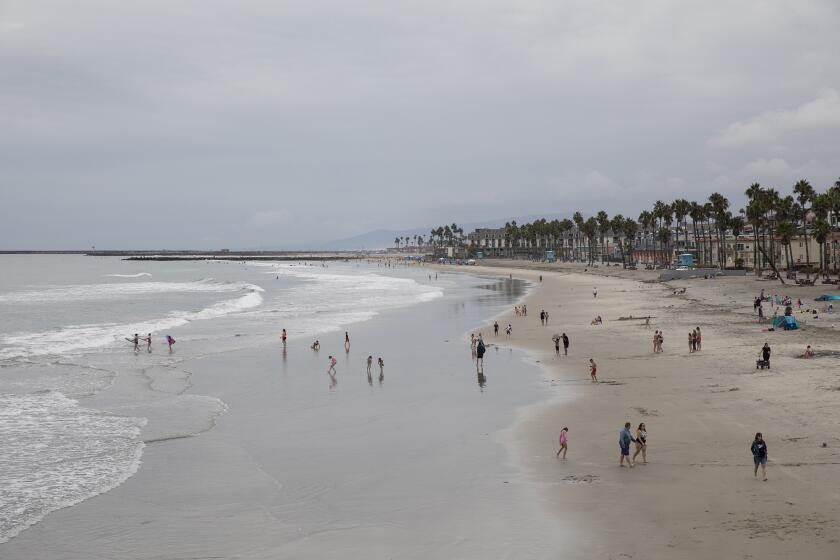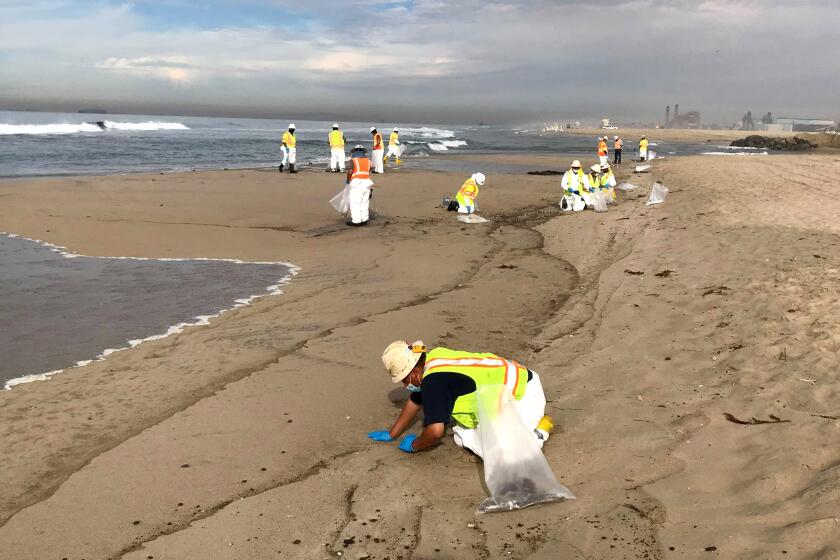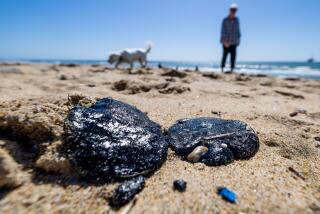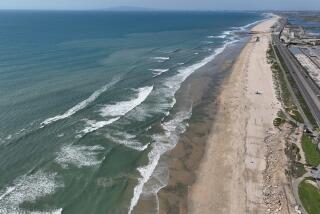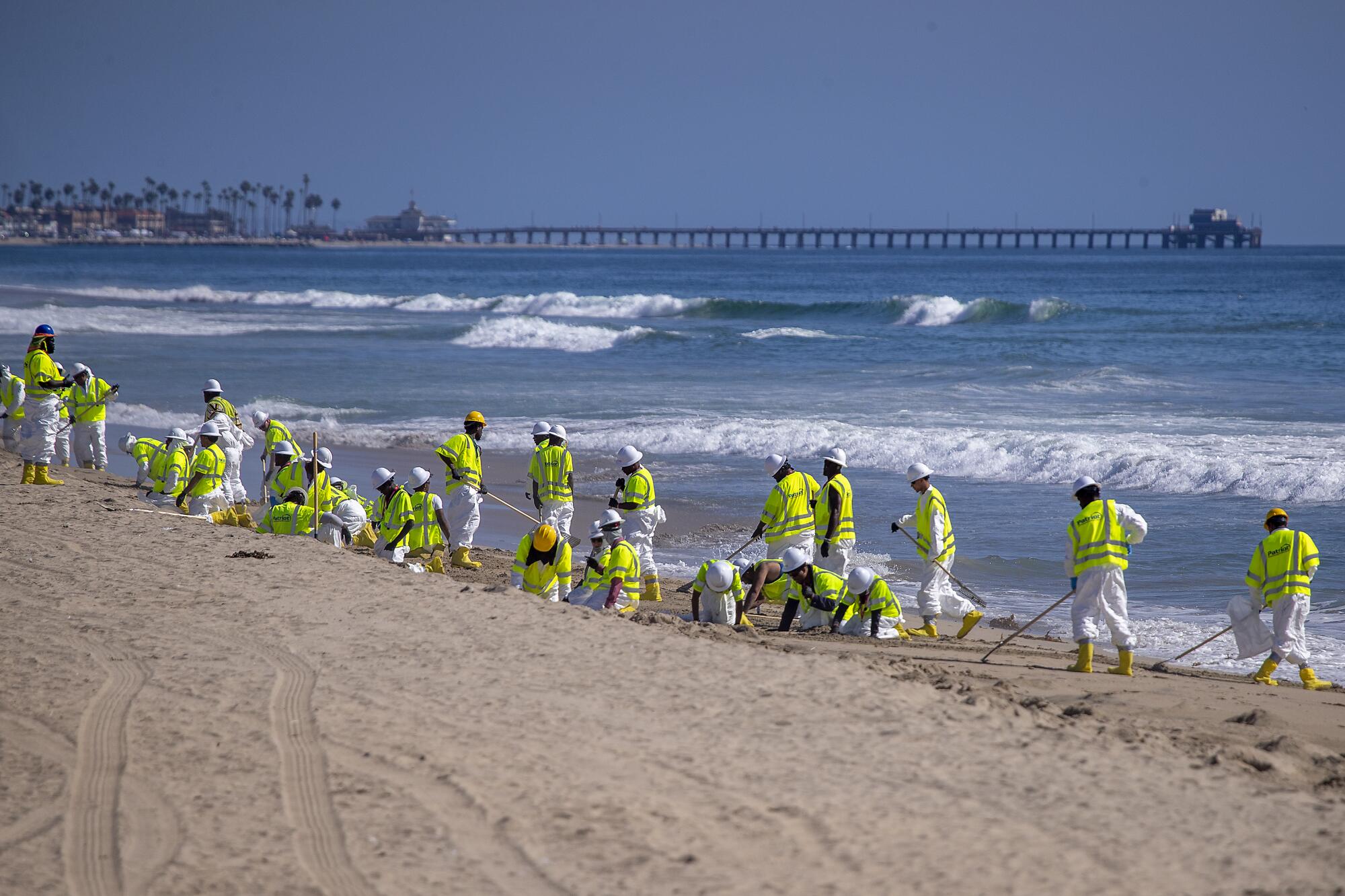
The afternoon sun shined bright over Huntington Beach. The water sparkled blue. And nearby businesses were bustling with activity.
If it weren’t for the hundreds of yellow-vested crew members combing the sand Sunday for coin-sized clumps of black tar, this dazzling October day would have looked like any other in Southern California.
“If you were to come down here and you didn’t know anything about the oil spill, you wouldn’t know,” said Whittier resident Patrick McCullen, 74, motioning to the cleanup crews on the shore. “You’d wonder what these guys were doing down there.”
Except for an occasional beach umbrella, this popular sandy stretch of shoreline near the Huntington Beach Pier remained mostly empty of the usual weekend crowds.
Instead, more than 1,400 workers fanned out across Orange County’s coastline and to area wetlands, wearing hazmat suits and carrying sifting nets. The beachcombers so far have recovered 14 barrels of tar balls and another quarter-million pounds of oily sand and debris in the week since oil began spewing from a ruptured pipeline miles offshore, Orange County Supervisor Katrina Foley said.
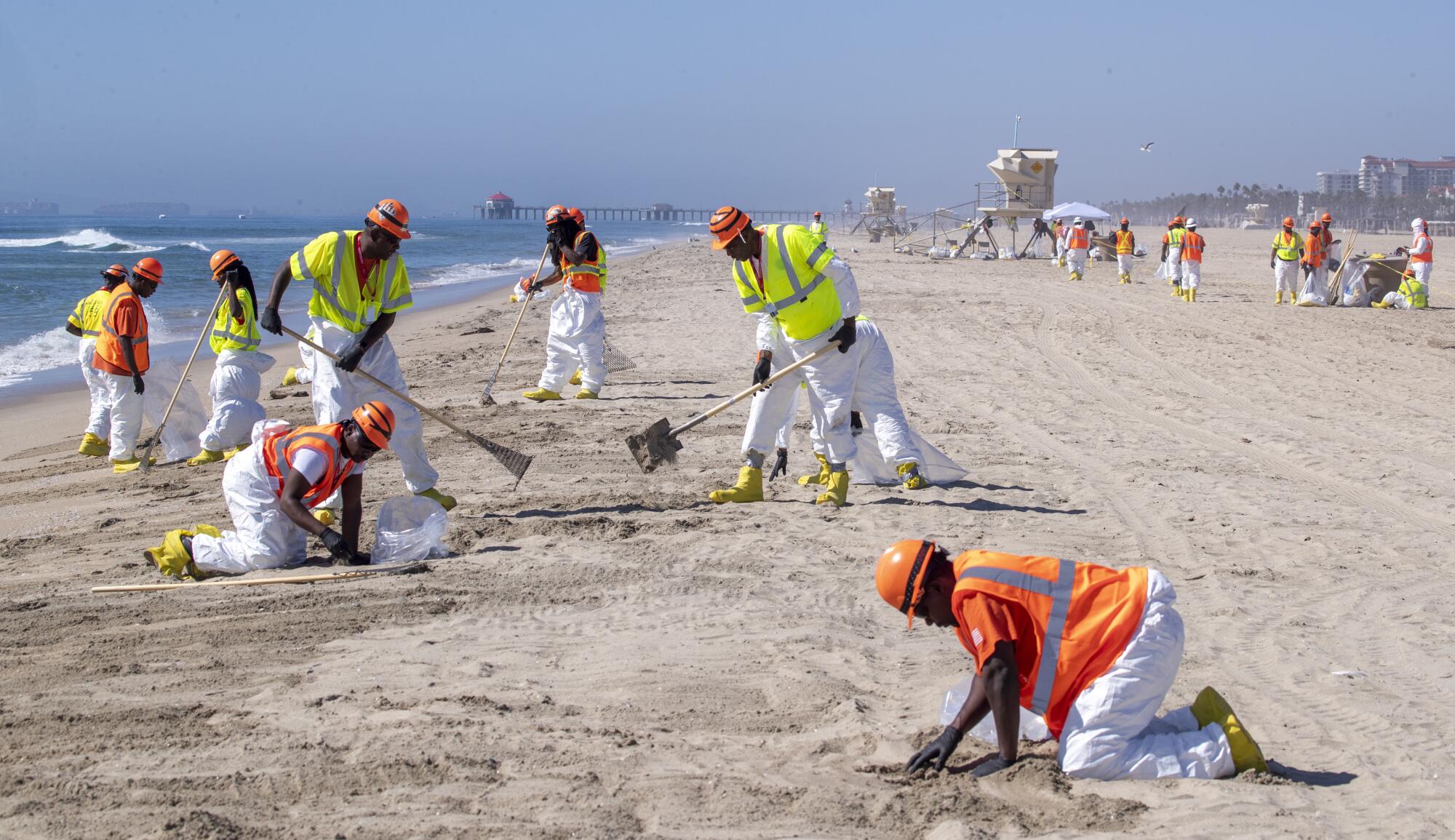
On Sunday night, Huntington Beach officials announced that its city and state beaches would reopen at 6 a.m. Monday. The decision came after water quality test results showed nondetectable amounts of oil toxins in the water, city officials said.
“We understand the significance our beaches have on tourism, our economy, and our overall livelihood here in Huntington Beach,” Mayor Kim Carr said in a statement. “It is important that our decision to reopen our shoreline and water be based on data and that we continue to monitor the water quality going forward.”
Oil spills are likely to increase as fossil fuel use tapers, and oil companies put off upgrades to aging infrastructure, experts say.
The interest in cleaning up the beaches did not stop with the paid crew members, wearing vests emblazoned with the name of the company they represent: “Patriot.” Thousands of volunteers reached out to the California Department of Fish and Wildlife last week, eager to help with the cleanup, according to a statement from the Office of Spill Prevention and Response. Not everyone who wanted to assist in the cleanup was selected.
Bequi Howarth, a Huntington Beach resident who works with the Bolsa Chica Land Trust, registered to volunteer as soon as the Department of Fish and Wildlife put out the call.
“I signed up. My son signed up and my friend signed up. Her son signed up,” Howarth said from her post at the Bolsa Chica Ecological Reserve on Sunday.
More than 7,500 people offered to volunteer, including 4,000 from Orange County, according to the agency, but only 200 were selected. The department informed Howarth on Friday that it did not yet require her services.
Those volunteers selected had to undergo hazardous waste operations and emergency response training, better known as HAZWOPER, a requirement for anyone involved in removing hazardous waste from the beach.
A storm that meteorologists say could bring 20-mph winds to the region is moving in, bringing concerns that more oil could reach the Southern California shores.
After completing their HAZWOPER training, volunteers spent Friday retrieving tar balls from Bolsa Chica State Beach. On Saturday, they followed the oil, which continues to drift south, to Aliso Beach, according to a member of Foley’s staff.
Oil can wreak havoc on the birds that dive through its toxic sheen or ingest it while pecking at kelp and invertebrates on the shore. But experts say removing oil-covered seaweed also has drawbacks.
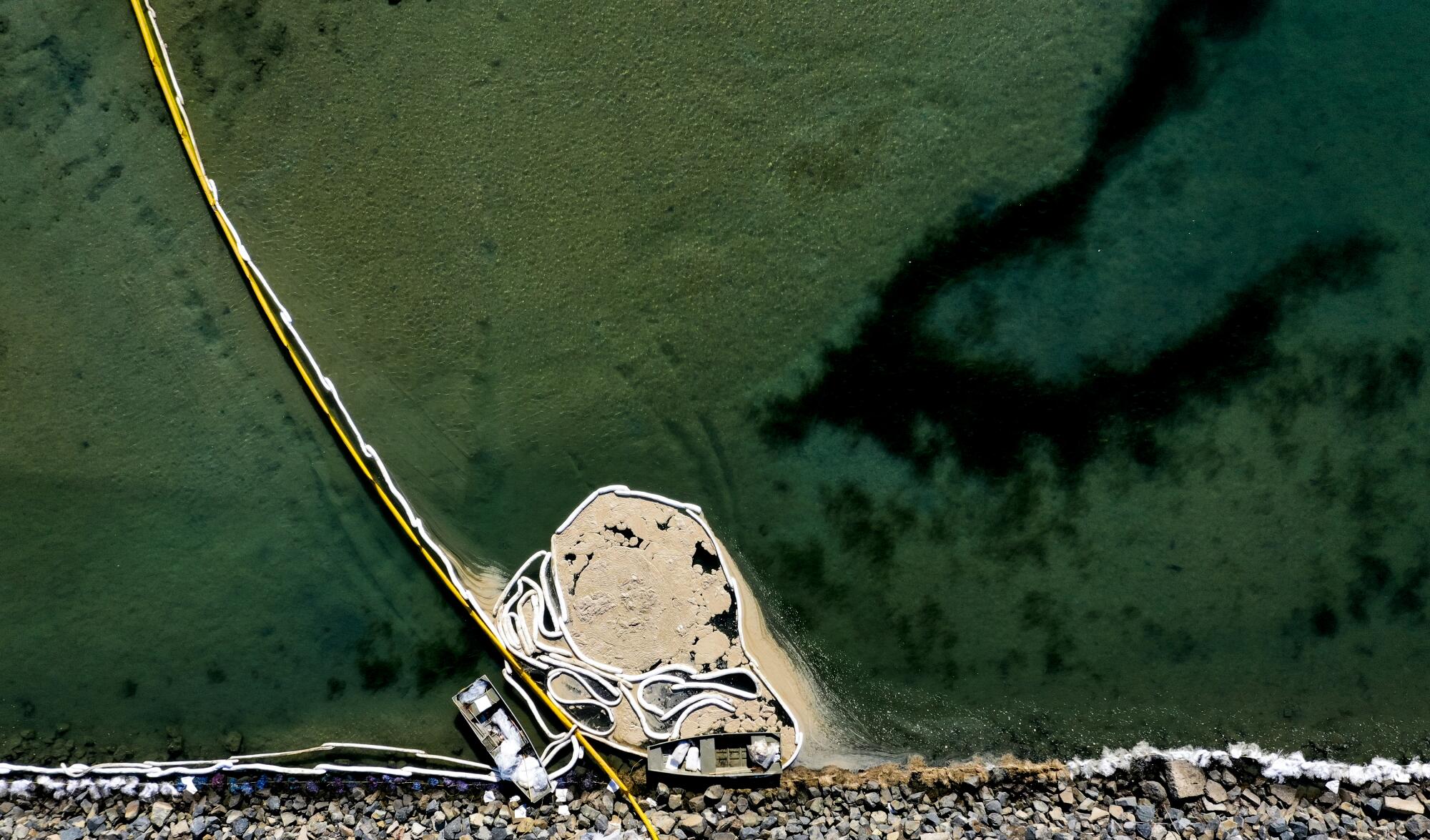
“As oil continues to wash ashore, we are continuously needing to remove the kelp and the wrack, which is the food source for snowy plovers and many other shorebirds,” Lana Nguyen, an environmental scientist in the California Department of Parks and Recreation’s Orange Coast District, said in an interview Friday.
After years of habitat restoration and management, the Pacific Coast’s western snowy plover, listed as a federally threatened species in 1993, was beginning to make a comeback on Huntington State Beach. The first nest in 50 years was found by experts in 2017. By 2021, 19 nests, made of seashells, were on the beach.
“We’re essentially removing food,” Nguyen said. “Granted, it’s contaminated food.”
In the first few days after the spill, officials warned that up to 144,000 gallons of crude may have seeped out of the pipeline, which runs from the Port of Long Beach to a processing and production platform called Elly, off the shore in Huntington Beach.
But later in the week, a U.S. Coast Guard official said the spill was probably smaller than initially projected, downgrading the estimated leak to between 24,696 and 131,000 gallons.
A major oil spill off the coast of Huntington Beach, Calif., washed up on nearby Orange County beaches, killing fish and birds and threatening local wetlands.
More than a week after the public learned about the oil spill, questions remain about happened in the 15 hours between the first oil spotting and when federal authorities were notified.
Authorities believe that a ship’s anchor scraped the pipeline and dragged it across the ocean floor. The Coast Guard said Friday that the anchor strike probably occurred at least several months ago, and possibly as long as a year ago. A slight crack in the pipeline may have grown worse over time, or may have survived the first strike intact but suffered damage in another incident, officials said.
Tar balls and patties have swept onto the shoreline as far south as San Diego County.
State agencies are monitoring environmentally sensitive sites in Orange and San Diego counties, deploying booms and constructing sand berms to prevent the flow of oil into habitats.
More to Read
Sign up for Essential California
The most important California stories and recommendations in your inbox every morning.
You may occasionally receive promotional content from the Los Angeles Times.

